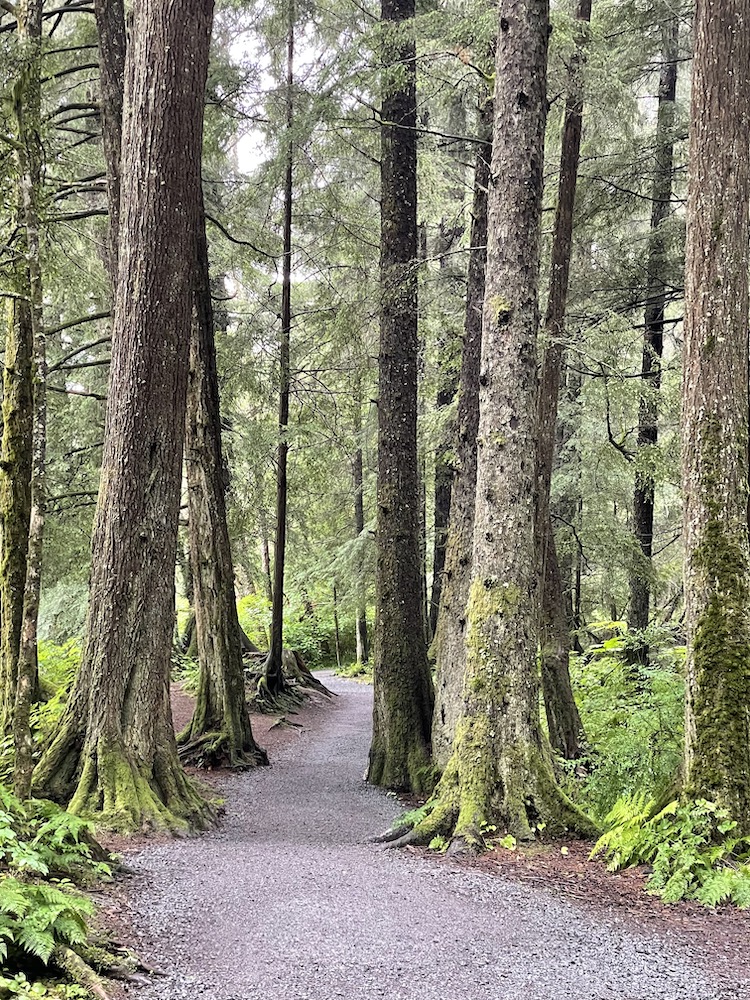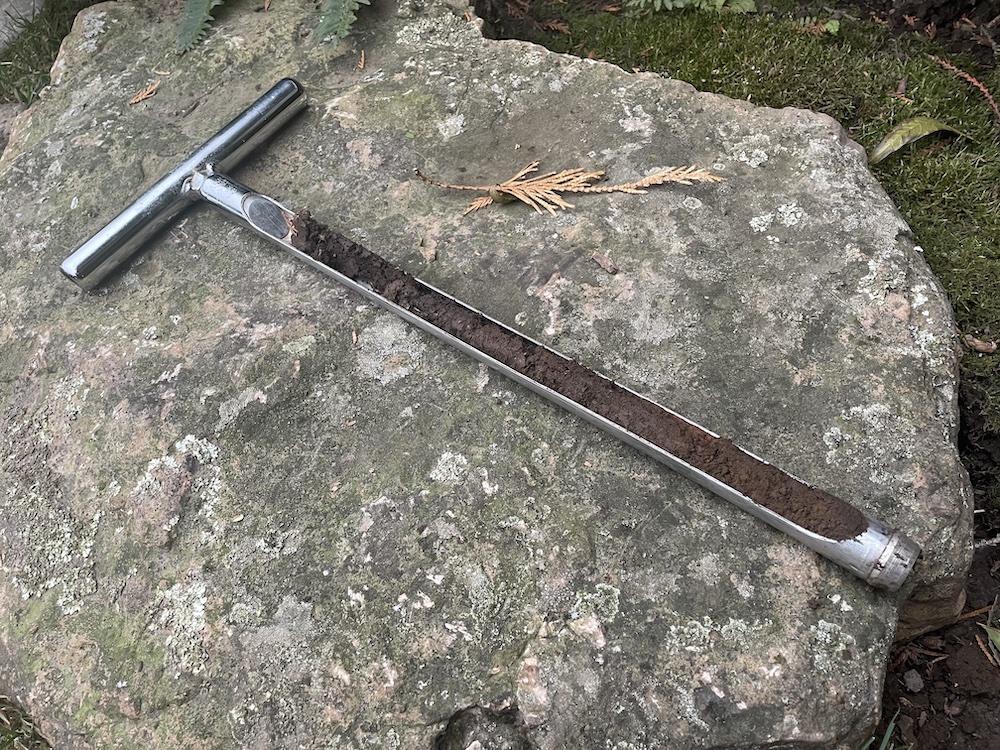
By Nathan Lawrence,
Owner of the Good News Tree Service, Inc. in Wilsonville, OR since 1985 — ISA Certified Arborist • ISA Tree Risk Assessment Qualified • State of Oregon Licensed Commercial Pesticide Applicator • OSU Master Gardener
The following information and recommendations pertain to the northern Willamette Valley areas of western Oregon.
Planting the right tree in the right location will help to minimize plant stress (both biotic and abiotic), pests and mortality, thus ensuring better tree performance for years to come. This is a wise use of resources, economical, good for the well-being of the community and for the local environment and the earth in general. This also means that fewer chemical pesticides will be required in caring for the tree, which is a good thing for everyone and everything.
To accomplish these goals requires intentional planning and tree planting strategies. Prevention is the best medicine! Property owners cannot afford to pay someone simply dig a hole and drop a tree in it, and then walk away after the tree planter has collected their money and moved on. Garbage in garbage out! If the tree was not planted with intentional forethought with an eye on long term tree survival, it is likely the tree will under-perform, require expensive (often chemical) treatments and may even die. If the tree is planted with strategic and intentional forethought, and then properly cared for subsequently, it will be more likely to perform healthily for generations to come
The following are some things to consider before planting a tree on a site.
Site Evaluation
It is essential to determine the soil volume of the planting area, so that the appropriate tree can be chosen for that specific site. The smaller the soil volume, the smaller the tree (at mature size) that can be planted in that area. Conversely, the larger the soil volume, the larger the tree (at mature size) that can be planted. I recommend that the tree size–soil volume ratio be based on various studies of a tree’s soil requirement at its mature size. If a tree doesn’t have the proper soil volume, its roots will not be able to uptake the amount of soil moisture and nutrients they need to be healthy, nor will they be able to anchor themselves sufficiently against wind storms.
Here is a list from based on the above mentioned soil volume study for urban trees of approximate tree size and suggested soil volume requirements. These numbers are based on the tree’s crown spread and diameter at breast height (or dbh) at the tree’s mature size. (One online calculator for determining the soil volume needed for a tree can be found at https://greenblue.com/gb/resources/soil-calculator/.)
- 14 foot crown spread by 4 inches dbh needs 100 to 307 cubic feet of soil volume.
- 21 foot crown spread by 8 inches dbh needs 200 to 698 cubic feet of soil volume.
- 27 foot crown spread by 12 inches dbh needs 300 to 1144 cubic feet of soil volume.
- 32 foot crown spread by 16 inches dbh: needs 1000 to 1607 cubic feet of soil volume.
- 36 foot crown spread by 20 inches dbh needs 1300 to 2034 cubic feet of soil volume.
- 39 foot crown spread by 24 inches dbh needs 1400 to 2512 cubic feet of soil volume.
To determine the average soil volume of a street tree planting strip, first measure the width of the strip (from sidewalk to street curb), then the average depth of the soil (two feet or less), then the length of strip. For example,
- If the tree’s roots spread to a radius from the trunk of 10 feet with 2 feet of soil depth in a 5.5 foot wide planting strip, then the soil volume in that area is 220 square feet.
- If the tree’s roots spread to a radius from the trunk of 20 feet with 2 feet of soil depth in a 5.5 foot wide planting strip, then the soil volume increase to 440 square feet.
- If the planting strip is 8 feet wide and the tree’s roots spread to a radius from the trunk of 10 feet with 2 feet of soil depth, then our soil volume is 320 square feet.
- If the planting strip is 8 feet wide and the tree’s roots spread to a radius from the trunk of 20 feet with 2 feet of soil depth, then our soil volume increase to 640 square feet.
Another way of determining the soil volume is to calculate the soil volume based on the size of tree’s canopy. One to three cubic feet of soil is needed for every square foot of crown projection. This is the anticipated area under the drip line of the tree at expected maturity. This formula does not apply to fastigiate and columnar habit trees. The soil volume requirement can be calculated for narrow form trees by basing the canopy diameter on the parent tree’s natural growth form.
The volumes generated in the above lists is an estimate and should only be used to generate an order of magnitude as a guide or target volume. Furthermore, there is a wide range of soil volumes recommended by soil scientists, botanists and landscape architects. The bottom line? The smaller the tree the better for most street tree situation, since recommended soil volumes are seldom high enough to support healthy trees long term.
Please note that if the soil is only 18 inches deep, then the soil volume will be even less. In many cases in planting strips along roads and sidewalks, it is not uncommon to hit compacted, impermeable gravel in various spots in the tree’s root zone at only a depth of 6 to 12 inches.
In light of the reality that street trees are seldom planted with the optimal soil volume and soil fertility they would prefer, the manager of the street tree will need to monitor the tree to ensure that it has the proper nutrients needed to sustain maximum tree performance. A planting site that sub par to the tree’s optimal needs may necessitate occasionally feeding the tree if it begins to show signs of stress. This needs to be factored into the long term care of street trees.
Soil Type, Texture and Structure

Next, we must conduct a soil test to 12 inches deep to determine soil type, texture and structure, so that the right tree is planted in the soil type that it prefers. This involves determining the approximate proportion of sand, clay, silt (and loam, which is a combination of the previous three soil types).
Continue reading